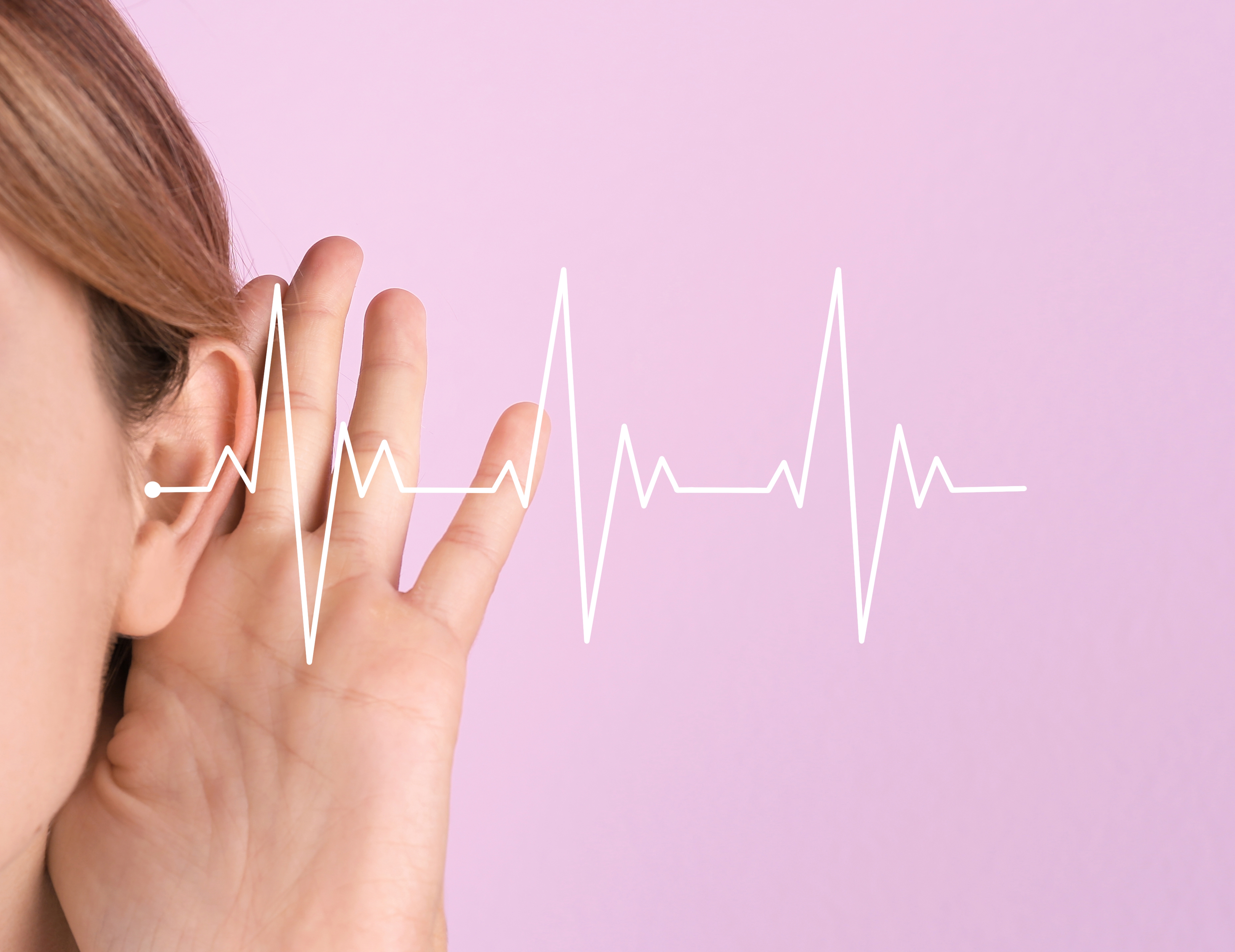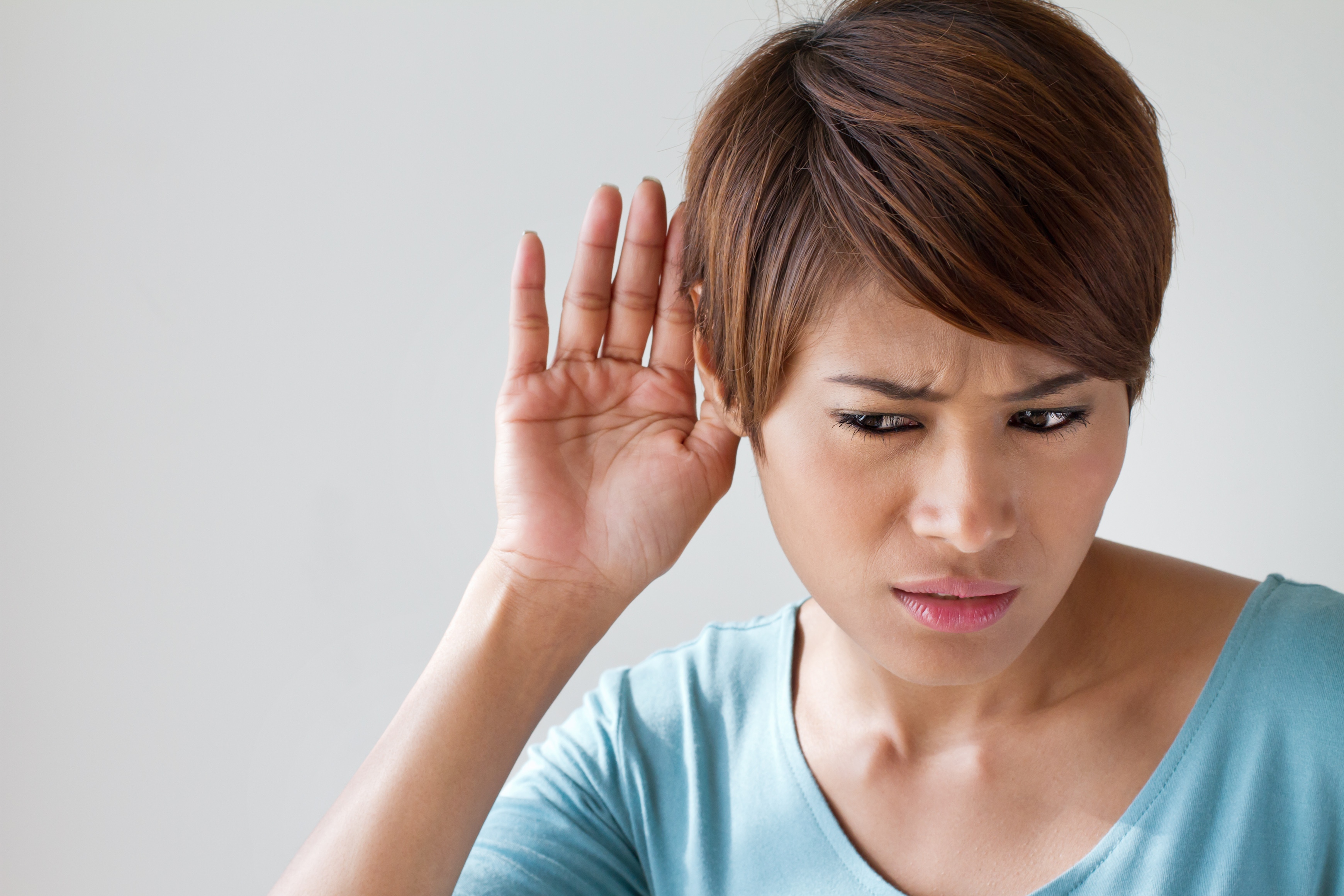
The World Health Organization estimates that 1.1 billion young people worldwide are at risk of hearing loss caused by unsafe ear habits.
Sales of smartphones have risen with the advent of technology, with more than a billion units sold worldwide in 2014. Nearly half of the 12-to 35-year-olds and young people in middle-and high-income countries listen with personal audio devices such as MP3 players and smartphones at unsafe volumes and for too long.
Another 40% of the people came into contact with potentially destructive sound levels in nightclubs, discos and bars.
Once the hearing is damaged, it will not be recovered!
No matter how long, exposure to loud sounds can cause fatigue of sensory cells in the ear, resulting in temporary loss of hearing or tinnitus. A person who enjoys a loud concert will feel hearing [stuffy] or tinnitus after coming out. With the recovery of sensory cells, hearing improves.
However, if the volume is particularly high or the contact is frequent, Or for too long, It can cause permanent damage to sensory cells and other structures, resulting in irreversible hearing loss. High-frequency tones (i.e. High-pitched sounds) are affected first, which may not be immediately detected. However, continued exposure can lead to gradual hearing loss, eventually affecting the understanding of speech and negatively affecting the quality of life of individuals.

9 Tips to Protect Your Listening
1. Keep the volume low: The daily recommended safe volume level is below 85 decibels for no more than 8 hours. If the listener cannot understand the speech of a person far away from his arm, or if the listener has pain in his ear or tinnitus, then the voice may be too loud.
2. Wear earplugs: Use earplugs to protect hearing in nightclubs, discos, bars, sports venues and other noisy places. If used correctly, earplugs can reduce noise exposure by 5 to 45 decibels, depending on the type of earplug.
3. Use suitable headphones: in-ear or headset, It is better to use noise reduction headphones, which are adapted so that users can clearly hear the sound at a lower volume. In addition, noise reduction headphones can reduce the background noise so that users can hear the sound at a lower volume. People who often use personal audio equipment on trains or planes should consider using noise reduction headphones in these environments.
4. Pay attention to the hearing safety level: Set the hearing safety level of personal audio equipment, i.e. Set the volume to a comfortable level not exceeding 60% of the maximum volume in a quiet environment, which is also a way to keep listening at low volume.
5. Give the hearing organs a short rest from time to time: When going to nightclubs, discos, bars, sports events and other noisy places, leaving the hearing organs for a short rest from time to time helps reduce the total length of exposure to noise.
6. Avoid loud noise: In noisy places, stay away from sound sources such as loudspeakers as far as possible. Stay in quieter places in the place can also reduce contact noise.
7. Limiting the daily use of personal audio equipment: Although reducing the volume can play an important role, limiting the use of personal audio equipment to no more than one hour per day is very helpful to reduce exposure to noise.
8. Pay attention to signs of hearing loss: For example, tinnitus, difficulty listening to high-pitched notes such as doorbells, telephone bells and alarm clocks, inability to hear others clearly (especially on the phone), or inability to keep up with others’ conversation in noisy environments such as restaurants or other social occasions, so people who suspect that their hearing is impaired should seek help from hearing health professionals.
9. Parents need to play an active role: educate their children to protect their hearing and monitor their exposure to loud noise; Parents also need to be role models for their children in protecting their hearing. Regular hearing tests are encouraged for high-risk groups such as adolescents and young people.
Common Loudness Reference in Life
10 decibels: Very quiet room, the rustle of leaves skipped by the wind
20 decibels: Country Night
30 decibels: In a quiet office, the ticking of clocks
40 ~ 60 decibels: normal conversation, voices about an arm away from each other
About 50 decibels: Washing Machine Working Sound
70 decibels: working sound of vacuum cleaner 3 meters away
80 decibels: The roar of vehicles passing 3 meters away,
110 ~ 130 decibels: nightclubs, discos, bars, sports venues
120dB: Sound that starts to cause pain
Responsible Editor: Fei Fei
Source: WHO website
